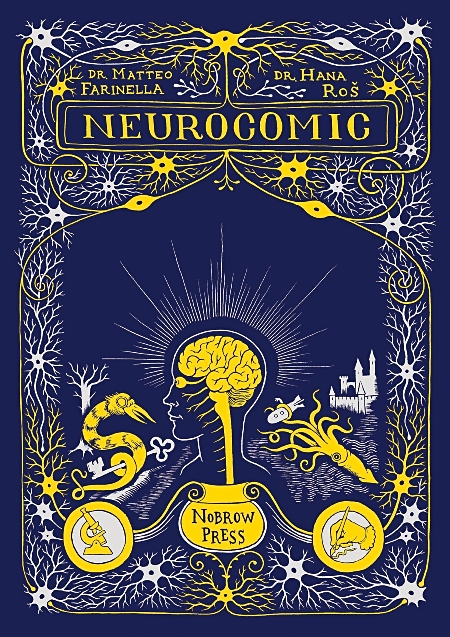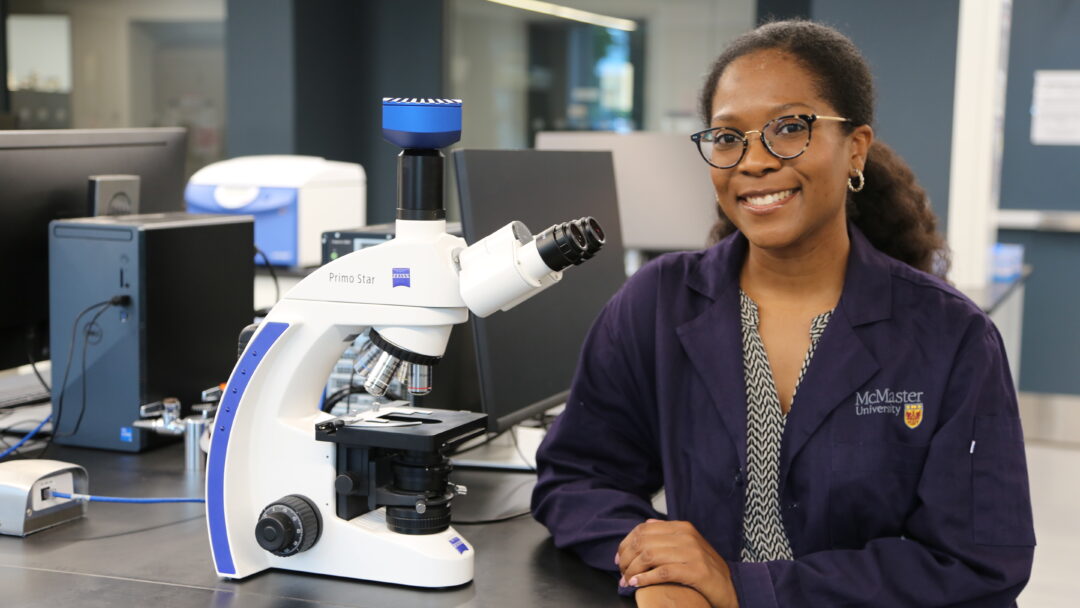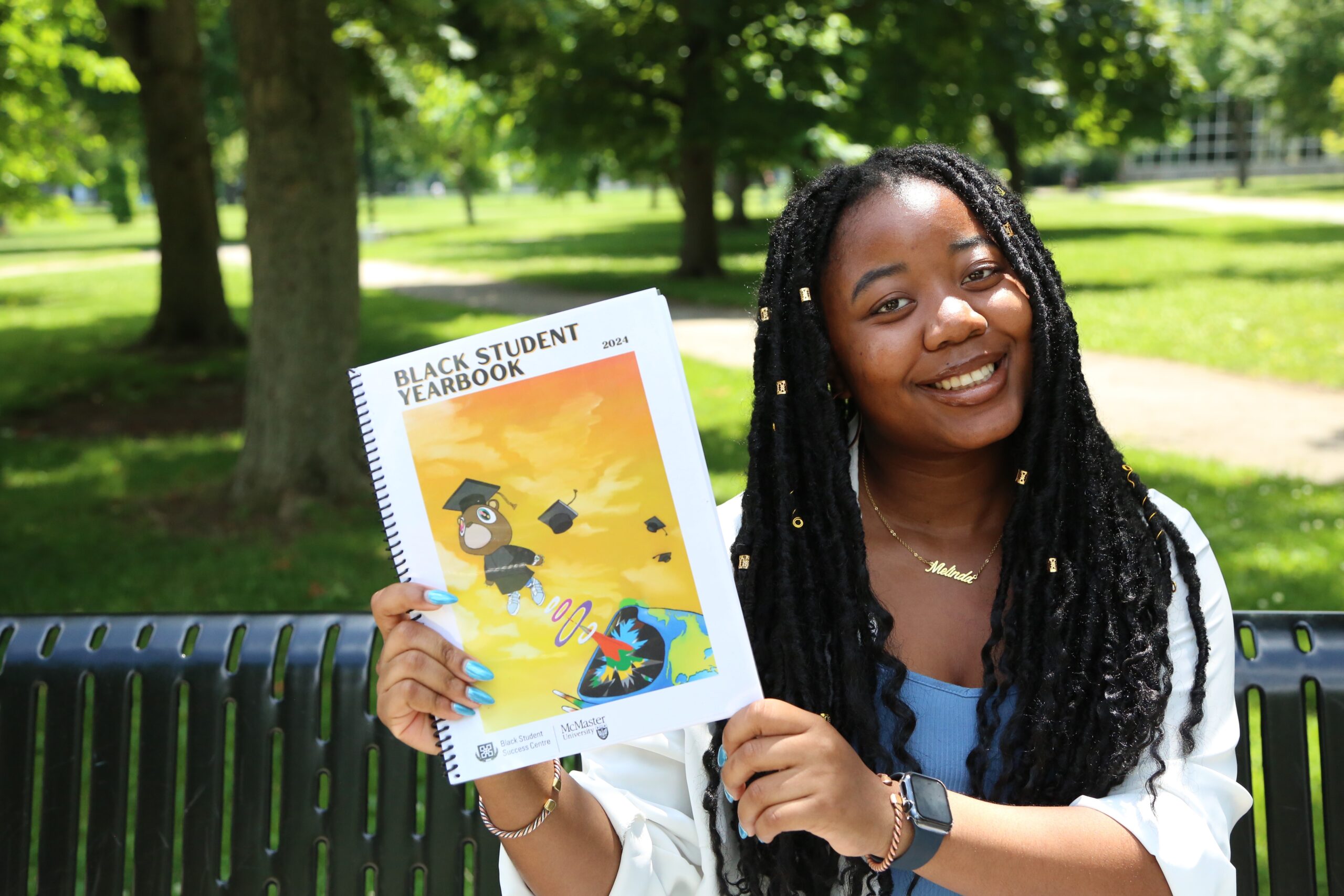Science Stories Series: The Super Powers of Science Comics

Superman, Captain American, Wonder Woman. When you think of comic books, the stories of these classic super heroes might be what immediately comes to mind. But for the past several years, scientist and artist, Matteo Farinella has been using this popular medium to tell a very different kind of story: the story of neuroscience. Farinella, a Presidential Scholar in Society and Neuroscience at Columbia University and author of three acclaimed science-themed graphic novels, was recently on campus to speak to members of the McMaster and Hamilton communities about how he combines his scientific expertise with his passion for drawing to both create and study the impact of educational comics. “Comics aren’t science, but they’re also not fine art – they’re kind of a neutral territory, a bridge between the two,” said Farinella whose talk was part of the Science Stories speaker series developed by the School of Interdisciplinary Science(SIS). “They are a way for us, for scientists, to look at our subject areas through a different lens – in a more playful and accessible way.”
During his talk, Farninella, who holds a PhD in computational biology, spoke about the creation of his popular graphic novel, Neurocomic– a narrative, visual guide to the inner workings of the brain, co-authored with Hana Ros – and about his research on the effect of visual communications, like comics, on learning and public perceptions of science. “I could see that it was working, I could see that people liked this, but a scientist, I wanted to know more – I wanted to know what the role of comics was and to understand this form better so we could use it in a more targeted way,”
Farinella told the audience of about 90 McMaster students, staff, faculty and community members who gathered at the McMaster Innovation Park for the talk. “So far, the evidence shows that comics don’t necessarily improve learning or knowledge retention per se, but they do improve reader’s engagement, especially for students who don’t have a science background – comics really help them get motivated to learn more about scientific subjects,” he said. Farinella also spoke about the history of graphic storytelling as a form of science communication and discussed the mechanisms – visual composition, characters and metaphors – that play a role in the creation of effective educational comics.
Katie Moisse, an assistant professor in SIS who organized the lecture, gave opening remarks at the talk and spoke about the importance of finding novel ways to engage the public around science, one of the primary goals of the Science Stories speaker series. “Science communication takes many forms from articles and short stories, to infographics and illustrations,” says Moisse, who was a former health editor at ABC News and teaches both science communications and neuroscience courses in SIS. “This series aims to highlight all the creative ways that people are sharing the impact and wonder of science.” While on campus, Farinella, also took part in a Q&A with students in Science and Storytelling, a fourth-year science communications course taught by Moisse. Farinella’s lecture was second in the Science Stories speaker series. The inaugural talk was delivered by John Rennie, former editor-in-chief of Scientific American and deputy editor at Quanta Magazine.
Read: Award-winning science writer offers advice on how to “share the wonder” of science
Science Stories is organized in partnership with the McMaster Alumni Association.
“This article was first published on Daily News. Read the original article.”
Related News
News Listing
Generative Artificial Intelligence in Life Science and History Courses: Experiences, Opinions, and Policy Implementations
Uncategorized
October 24, 2024

Not the usual lesson in chemistry – assistant prof turns labs into an escape room for next gen scientists
Uncategorized
August 6, 2024

August 2, 2024
